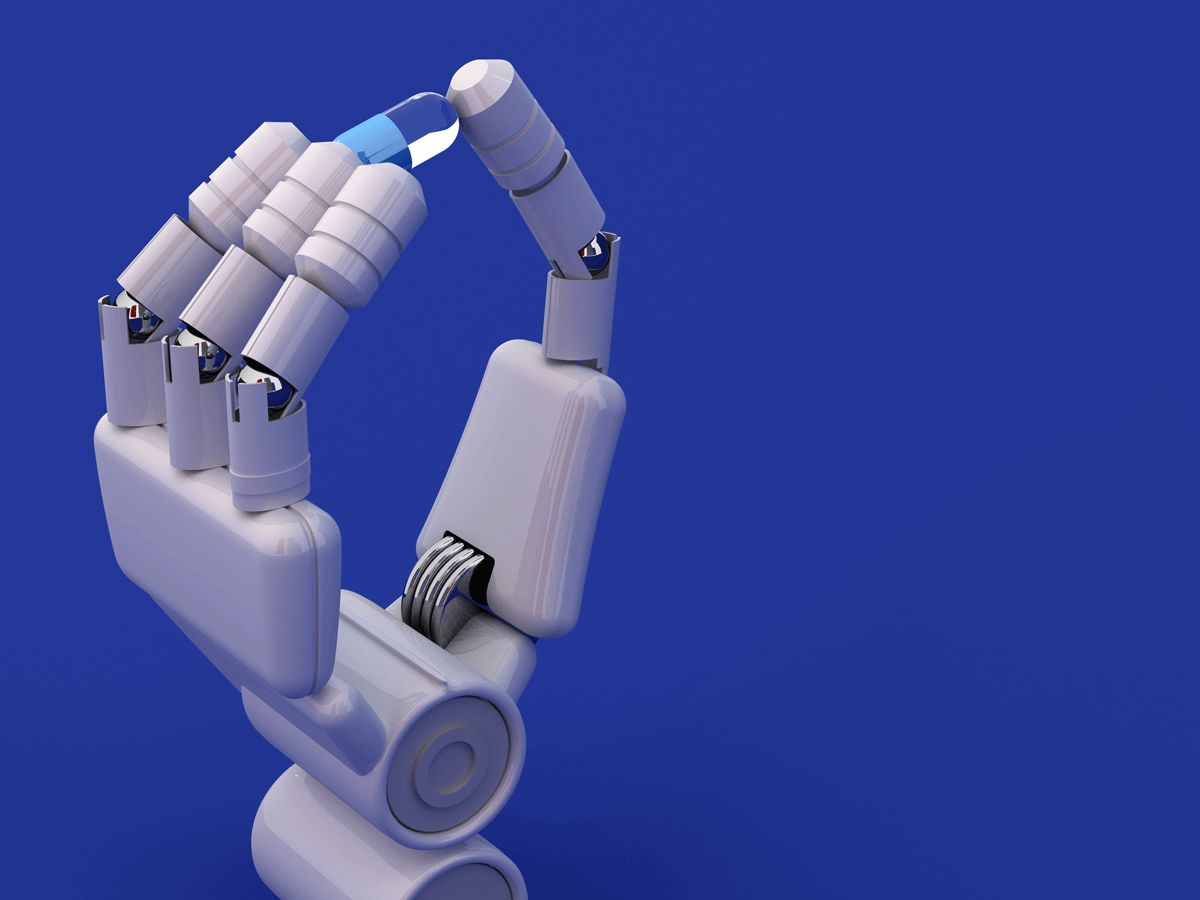 Hong Kong: In a significant development, a Hong Kong-based health startup has used Artificial Intelligence (AI) to design a drug in just 21 days that showed potential treatments for fibrosis - a discovery that can speed up drug designing for various incurable diseases.
Hong Kong: In a significant development, a Hong Kong-based health startup has used Artificial Intelligence (AI) to design a drug in just 21 days that showed potential treatments for fibrosis - a discovery that can speed up drug designing for various incurable diseases.The AI system called generative tensorial reinforcement learning (GENTRL) helped design six promising treatments for fibrosis in 21 days.
"Four compounds were active in biochemical assays, and two were validated in cell-based assays. One lead candidate was tested and demonstrated favorable pharmacokinetics in mice," said Insilico Medicine in a paper published in the journal Nature Biotechnology.
In comparison, traditional drug discovery starts with the testing of thousands of small molecules in order to get to just a few lead-like molecules and only about one in 10 of these molecules pass clinical trials in human patients.
In a similar technique used by DeepMind to outcompete human GO players, GENTRL -- powered by generative chemistry that utilizes modern AI techniques -- can rapidly generate novel molecular structures with specified properties.
Insilico has also made GENTRL's source code available as open source on Microsoft-owned repository GitHub.
"The development of these first six molecules as an experimental validation is just the start," said Alex Zhavoronkov, CEO of Insilico Medicine.
"By enabling the rapid discovery of novel molecules and by making GENTRL's source code open source, we are ushering in new possibilities for the creation and discovery of new life-saving medicine for incurable diseases," he added.
The new technology leveraged Insilico's groundbreaking academic research in 2016 about using modern AI techniques of generative adversarial networks (GAN) and generative reinforcement learning (RL) to accelerate drug discovery.